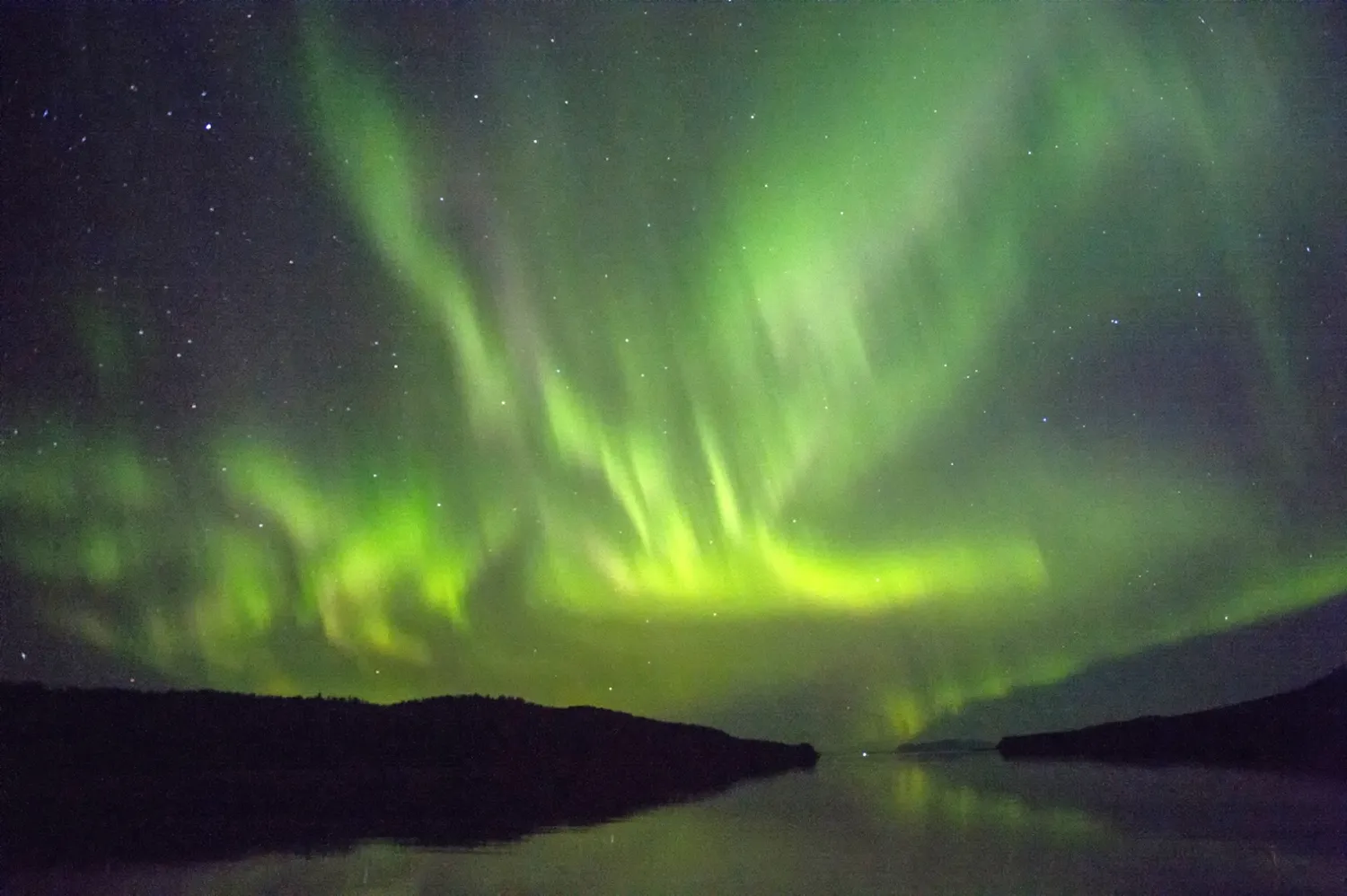Severe Solar Storm Set to Illuminate Skies with Spectacular Northern Lights Display
In an extraordinary celestial event, a severe solar storm is anticipated to supercharge the northern lights, creating a dazzling display of auroras that could be visible as far south as Alabama in the United States. The National Oceanic and Atmospheric Administration’s Space Weather Prediction Center has issued a severe geomagnetic storm watch for Friday evening, marking the first such alert since 2005. This rare occurrence has sparked excitement and concern among scientists and skywatchers alike.
The solar storm, resulting from a series of solar flares and eruptions from the sun, is expected to trigger severe geomagnetic storms and produce "spectacular displays of aurora" on Earth from Friday evening through the weekend. Shawn Dahl, a service coordinator at the Space Weather Prediction Center in Boulder, Colorado, expressed the significance of the event, stating, "We have a rare event on our hands. We're a little concerned. We haven't seen this in a long time."
Geomagnetic storms, caused by interactions between solar wind, magnetic fields, and Earth's atmosphere, can disrupt communications and power grids on Earth, as well as satellites in space. Consequently, satellite and grid operators have been notified to prepare for potential disruptions. The storm is predicted to arrive as soon as about 8 p.m. ET on Friday, with a NASA spacecraft orbiting about 1 million miles from Earth set to help forecasters measure the solar wind and understand the timing and potential effects more precisely.
The northern lights, or aurora borealis, are produced when clouds of energetic particles from the sun slam into Earth’s magnetic field and interact with atoms and molecules in the planet’s upper atmosphere. Typically visible at high latitudes, the northern lights can be spotted farther south than usual during intense periods of solar activity. The Space Weather Prediction Center’s forecast suggests that auroras on Friday night could be visible "as far south as Alabama and Northern California."
The forecast has generated excitement among astronomers and the public, with many hoping to catch a glimpse of the rare natural light show. However, viewing conditions depend on clear skies and darkness, away from city lights. Dahl mentioned that smartphones might even capture imagery of the aurora at southern locations where the human eye can't see anything unusual.
The solar flares responsible for this event have been detected since Wednesday morning, unleashing clouds of plasma and charged particles, called coronal mass ejections, into space. At least five flares and their associated coronal mass ejections appear to be directed at Earth, with the potential to cause geomagnetic storm conditions to persist through the weekend.
Geomagnetic and solar radiation from such storms can induce currents on high-voltage transmission lines and cause problems for transformers on the power grid. One of the most damaging geomagnetic storms occurred in 1989 when roughly 6 million people in Montreal, Canada, lost power for nine hours. In 2002, a coronal mass ejection knocked out 38 commercial satellites.
The sun goes through 11-year cycles from minimum to maximum activity, with the current cycle predicted to peak with maximum activity in July 2025, according to NOAA and NASA forecasts. As the sun nears the peak of its activity, researchers have observed increasingly intense solar flares erupting from the fiery orb, leading to increased solar activity and the potential for more frequent and spectacular auroral displays.
As the world prepares for this awe-inspiring event, scientists continue to monitor the sun's activity closely, hoping to learn more about the complex interactions between the sun, Earth's magnetic field, and our planet's atmosphere. Meanwhile, skywatchers are eagerly awaiting the opportunity to witness one of nature's most stunning phenomena, reminding us of the beauty and power of the universe.

